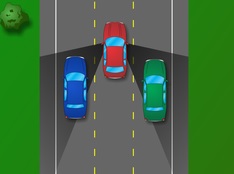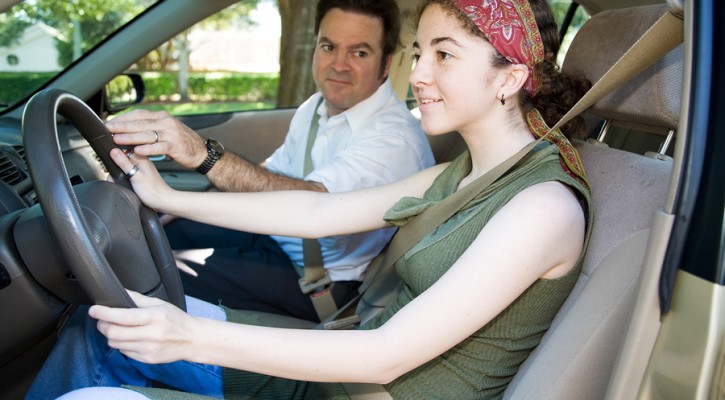Monthly Archives: July 2014

Teens Pick Up Parents Bad Driving Habits
July 30, 2014
Almost one-third of parents responding to a survey feel that they have passed their own bad driving habits on to their teens. The study, conducted in the Canadian province of British Columbia, showed that 29 percent of parents feel their teen is practicing the same bad driving behaviors that they themselves are guilty of.
Modeling Your Behavior
Any parent who has let a bad word escape their lips only to hear their toddler immediately repeat it can easily understand that kids tend to copy their parents behaviors. However, many parents fail to realize that their child has been observing their driving behaviors since they were in a child seat and it shouldn’t be surprising that their teen would also copy their bad driving behaviors. When training a teen to drive, it isn’t enough to say “Do as I say – not as I do!” If you want your teen to be a safe driver, you have to model the same type of safe driving behavior yourself.
Changing Bad Habits
Teens have no tolerance for hypocritical behavior in adults. If you know some of your driving behaviors (such as speeding or trying to beat a yellow light) aren’t safe, you need to get rid of those bad habits and then, let your child know you are making a conscious effort to change your driving behavior and why. A child will take that lesson to heart more easily if you are honest in your evaluation of your driving habits and the reasons for changing them.
If you need more help, consider voluntarily attending a driving school. There, you can hear safe driving tips and gain a better understanding of how your driving habits could lead to a crash. You can also pick up information on new traffic laws that you may not be aware of.

Ask The Driving School Instructor: Getting Rid Of Blind Spots
July 28, 2014
Question: What are blind spots and how do you get rid of them?
Answer: Blind spots are those areas toward the rear of your vehicle on each side that you can’t see in your rearview mirrors. You can’t get rid of them but you can reduce them tremendously.
Checking your blind spot before making a lane change is simple to do and it’s a good habit to get into if you want to avoid a crash with a car that may be hidden behind you. To check your blind spot, you don’t have to turn your body around, all you need to do is to turn your head to the left or right with your chin over your shoulder and you should be able to see anything that is there.
It’s impossible to completely do away with blind spots but you can reduce them a great deal by the proper positioning of your mirrors. This may take a little getting used to and you’ll still have to check your blind spots but they’ll be a lot smaller. To properly adjust your mirrors:
Step 1. – Adjust your center mirror so that it covers the greatest area possible behind your vehicle.
Step 1
Step 2. – Lean your body over to the left until your head touches the window and then, adjust your left (driver) side mirror until you just barely see the rear of your vehicle on the right hand side of the mirror.
Step 2
Step 3 – Now lean your head over to the right about the same distance as you did on the left and adjust your right (passenger) side mirror the same way.
Step 3
Now, sitting upright, with both outside mirrors adjusted this way, as a vehicle moves over to pass, you’ll see it divided between the two mirrors. Once it moves completely into the other lane, you’ll be able to see it in your outside mirror almost up to the point where it enters your peripheral (side) vision.

Preparing Teens And Their Parents To Drive
July 23, 2014
The AAA has a website designed to help parents and their teens through the teen licensing process. Visitors to the site can select their state to view state GDL laws and the licensing process for that state along with a lot of other good information. For more information, visit: AAA Keys2Drive

Canadian Teen Driver Dies After Crashing Into Speed Warning Sign
July 21, 2014
Police in Canada say a teen was driving too fast for conditions when he crashed into a sign warning drivers of the dangers of speeding. The teen driver was killed and three of his friends were injured in the crash. Read more: http://www.torontosun.com/2014/03/23/teen-driver-killed-crashing-into-sign-warning-of-speeding

Second Half of 100 Deadliest Days For Teens
July 18, 2014
We are halfway through the 100 deadliest days for teens; that period between Memorial Day and Labor Day when, according to the AAA, the chances for teens to be involved in a crash increase by 26%. Read more: Police, AAA team up to help keep teen drivers safe
